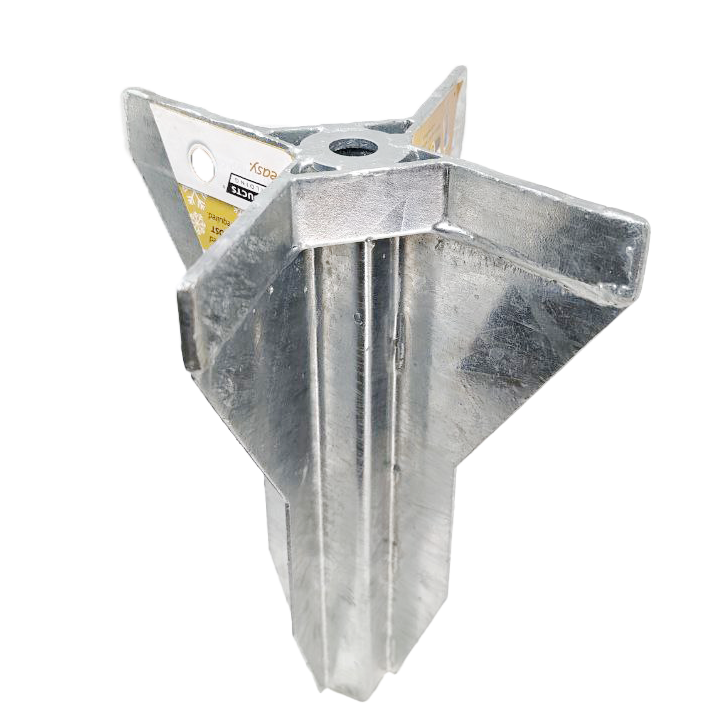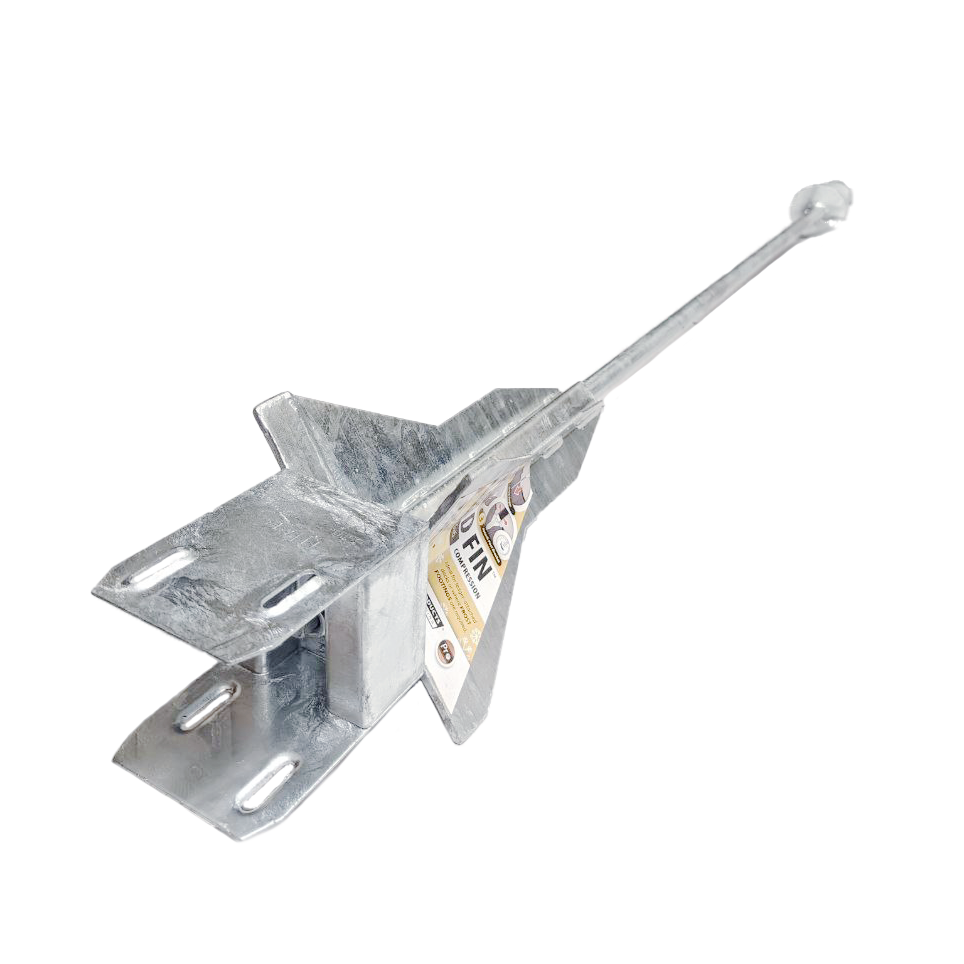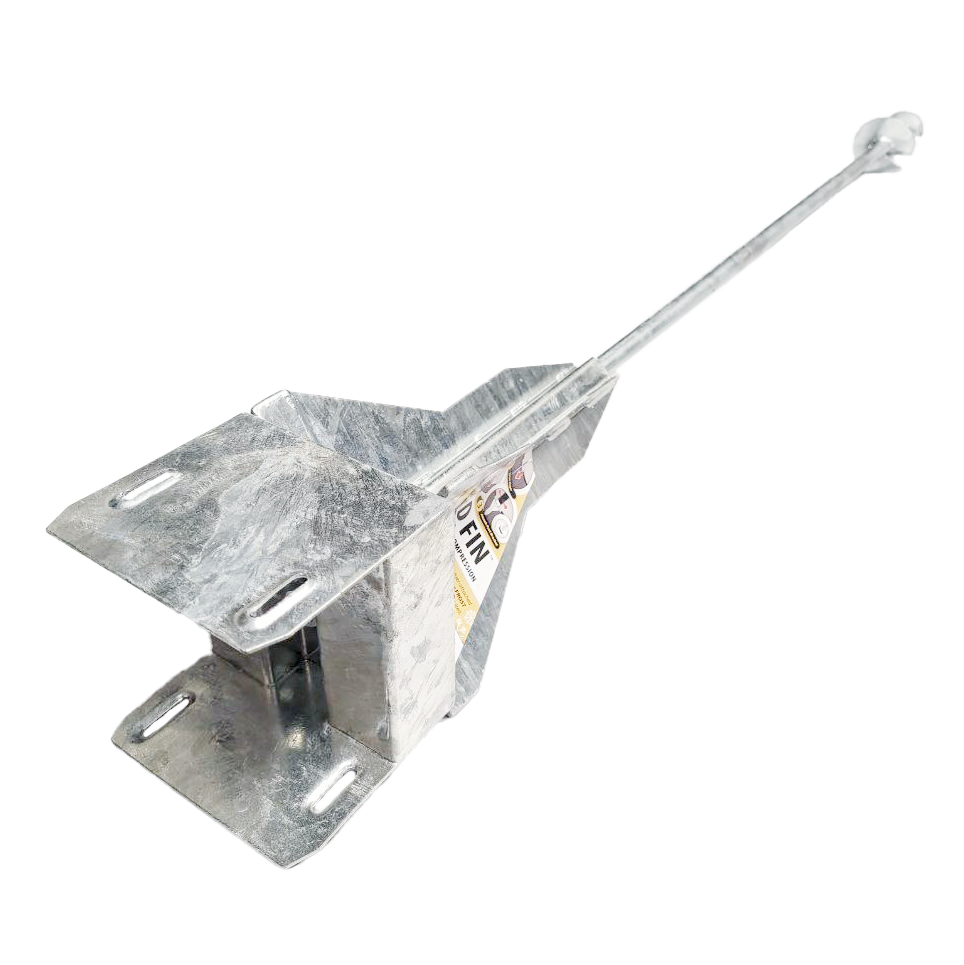Menu
Your cart is empty
Looks like you haven't added anything to your cart yet
LIMETED SALE! SAVE 20%!
Recommended for You
- Choosing a selection results in a full page refresh.




























































